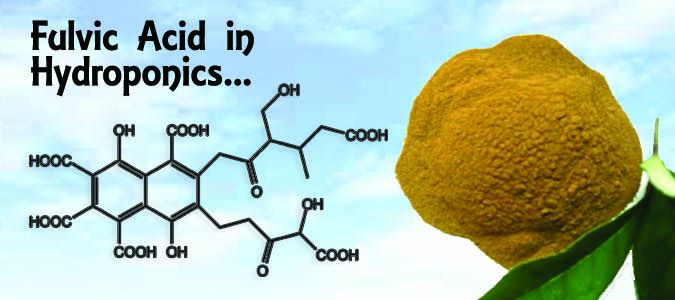
Fulvic Acid in Hydroponics
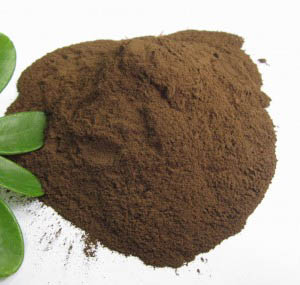
To get some of the best tips for hydroponic and indoor growing, today’s modern farmers can actually take a good look at the soil used in traditional farming. Not everyone is familiar with the actual chemical ingredients of the rich, dark stuff; commonly called organic matter or humus in a high school textbook. A closer study of the nutrients in soil is often key to a better understanding of how to optimize your plant nutrient program and hydroponic system in order to maximize yield size and quality.
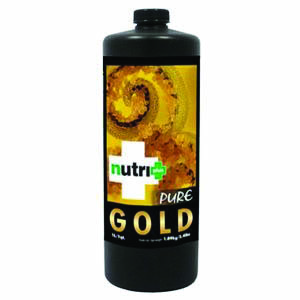
What is Fulvic Acid and what can Humates do for your Plants?
Fulvic acid is one of several primary organic acids (classed as humates) that are the direct result of decomposition of organic matter – such as old leaves in your backyard. It is one of the essential elements that gives good soil its dark, loamy color. Additionally, Fulvic acid contains more than 70+ trace minerals (Carbon, Phosphorus, Potassium, and Iron to name a few), which is why it is considered one of the essential building blocks of life. Fulvic acid and other humates are part of a complex cocktail of organic acids and minerals that help plants digest the nutrients that you put into a hydroponic mix. These elements work through a process called chelation, where they bond to nutrients and help them get absorbed more readily by plants, thus increasing nutrient uptake. Humates have also been known to help plants by acting as a facilitator in the process of photosynthesis. Scientists have found that fulvic acid increases energy production by plants in photosynthesis. But, as with many other aspects of hydroponic systems, the key is to know how to use fulvic acid effectively.
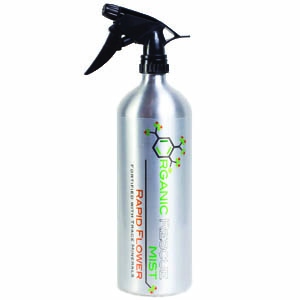
Fulvic Acid as a pH Buffer?
Fulvic acid can help your plants combat sudden fluctuations in pH. When treated with a regular diet of Fulvic acid, plants build up a greater resistance to pH fluctuations. It acts as a shock absorber because the nitrogen it contains is very slowly released. Also, the pH of fulvic acid is right around 4 but keep in mind, it is a very weak organic acid. Fulvic acid properly diluted does not affect the pH of water. It is an amphiprotic molecule, meaning it is a great free radical scavenger (anti-oxidant) that can accept or donate a proton where needed. This very handy bi-directionality allows fulvic acid to buffer pH and make cells less susceptible to wild pH fluctuation.
Combine Fulvic Acid with a Balanced and Complete Plant Nutrient Program
Because fulvic acid is an effective humate, it complements almost any robust hydroponic nutrient program. Think of Fulvic acid as a claw that grabs onto other minerals and takes them into a plants cells and roots. This claw ability of Fulvic Acid greatly increases nutrient absorption through a cell membrane, across the cytoplasm and directly to the nucleus of cells. Not only that, but once they are inside a plant cell, fulvic acids are catalysts that ensure cells get exactly the right amount of nutrients they need while chelating harmful toxins into a harmless form that plants will ignore. The bottom line is that humic and fulvic acid allow indoor growers to get the most of their balanced and complete plant nutrient program.
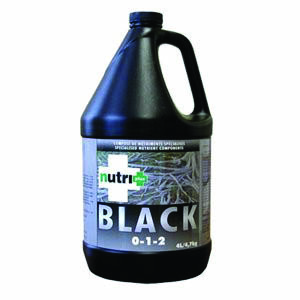
Some products that contain high quality Fulvic Acid are Organic Rescue Mist, Nutri Plus Pure Black, and Nutri Plus Pure Gold. You can get your Fulvic Acid fix with any of these great products available at WebHydroponics.com.
-Web Hydroponics
chelater, chelation, fulvic acid, humates, hydroponics, organic, ph buffer
